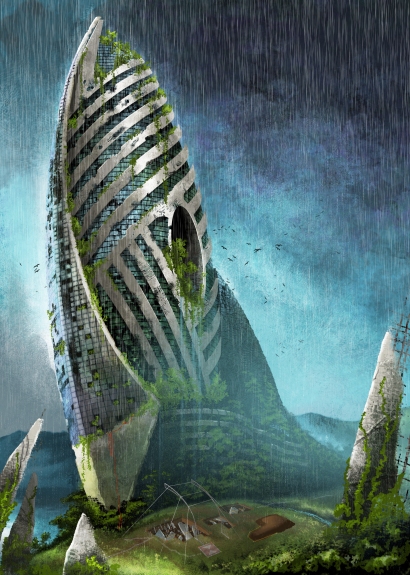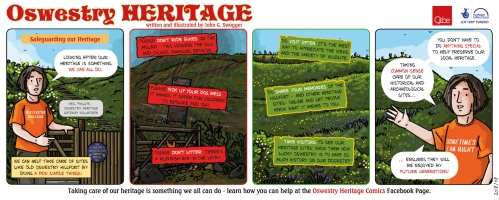 This week, I begin in earnest on my big project for 2018-2019: illustrating a graphic biography of Neville Chamberlain, written by Ben Dickson – author of New Jerusalem (out now from Myriad).
This week, I begin in earnest on my big project for 2018-2019: illustrating a graphic biography of Neville Chamberlain, written by Ben Dickson – author of New Jerusalem (out now from Myriad).
It’s a biography which re-examines the role that Chamberlain’s policy of “appeasement” played in buying time for the UK to re-arm, and in convincing the United States to enter the war. Much of Ben’s position is based on revisionist histories which have looked more closely at the events leading up to World War II, and at his own analysis of his aims and objectives as Prime Minister.
The day may come when my much cursed visit to Munich will be understood. Neither we nor the French were prepared for war. I am not responsible for this lack of preparation…It would be rash to prophesy the verdict of history, but if full access is obtained to all the records it will be seen that I realized from the beginning our military weakness and did my best to postpone if I could not avert the war.
It is all too easy to judge people with the benefit of hindsight. For us, World War II is a fact of history – for Chamberlain, it was only a possibility, and one that he had a chance to avoid. He appears to be a far more complex historical character than the “Guilty Man” he was painted during and immediately after the war. Ben’s script shows him as someone grappling with a country still traumatised by the consequences of the Great War, and ill-prepared – and ill-equipped – to engage in another. In many ways, the script demonstrates Chamberlain’s understanding of the coming 1939-45 war as “The World War – Part II”: for both victor and vanquished, a consequence of unfinished business left over from 1914-18 – “The World War – Part I”, as it were. This longer, entangled view of the two European wars of the Twentieth Century is something we are only beginning to fully appreciate.
I am drawing the book in a ligne claire style that strongly echoes comics artwork of the 1930s and 1940s – particularly that of Hergé, which, I am sure, will come as no surprise to anyone already familiar with my work! The style will suit the time-period of the book, of course.
I’ve started already – doing research this morning on the layout of the Downing Street Cabinet Offices, c. 1937, and drawing various views of an Austin 10. Lots of more that to come over the next nine months!

 Grab your sonic screwdriver and look out for Morlocks – this week the Oswestry Heritage Comics heads to history’s final frontier: the Future!
Grab your sonic screwdriver and look out for Morlocks – this week the Oswestry Heritage Comics heads to history’s final frontier: the Future! You don’t have to be an expert or a heritage professional to help take care of local heritage. Often it’s common-sense “do-s and don’t-s” that have the biggest impact. While everyone wants to be able to enjoy heritage places, it’s easy to forget that these sites and monuments can often be fragile, vulnerable environments – particularly if you consider the heritage to include not just the archaeology or the historical significance, but the wildlife and the setting as well.
You don’t have to be an expert or a heritage professional to help take care of local heritage. Often it’s common-sense “do-s and don’t-s” that have the biggest impact. While everyone wants to be able to enjoy heritage places, it’s easy to forget that these sites and monuments can often be fragile, vulnerable environments – particularly if you consider the heritage to include not just the archaeology or the historical significance, but the wildlife and the setting as well.








